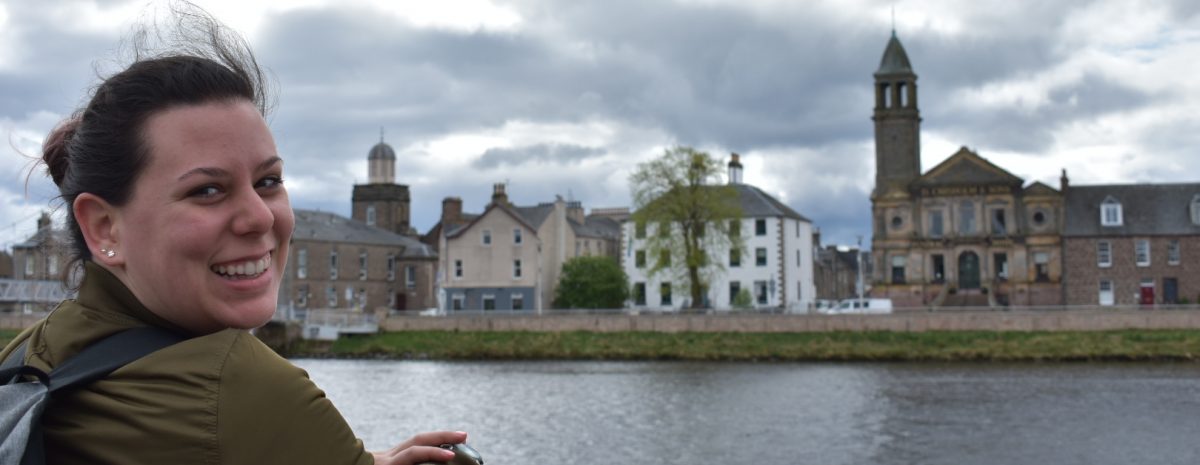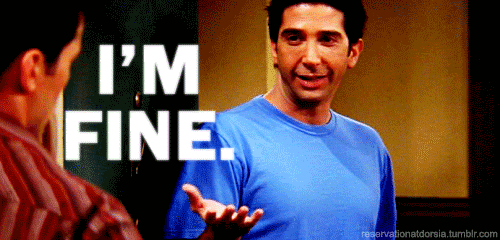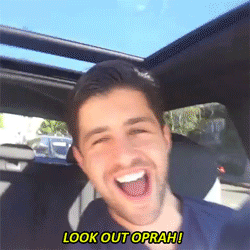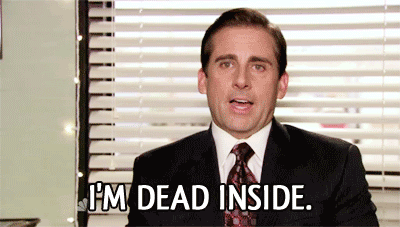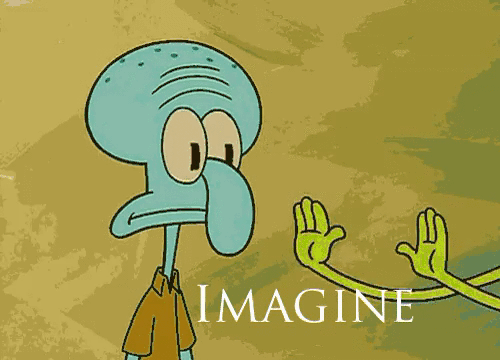In March, I’ll be heading back to StoryExpo, a screenwriting conference in New York. These past few weeks I’ve been getting my scripts together, to pitch to production companies at the conference. As such, I figured it would be a good topic of discussion for my Monday blogs! Today, I’ll share my secrets for writing TV show treatments.
A TV treatment, also known as a show bible, is a breakdown of a TV show’s first season. It’s something you hand to interested parties (like agents or producers) that details the show. It lets them know that you’ve thought past the pilot episode, and have conceptualized what this show could be in the long run. Basically, it’s a way to let people see that this isn’t merely a hobby, but rather something that could be monetized.
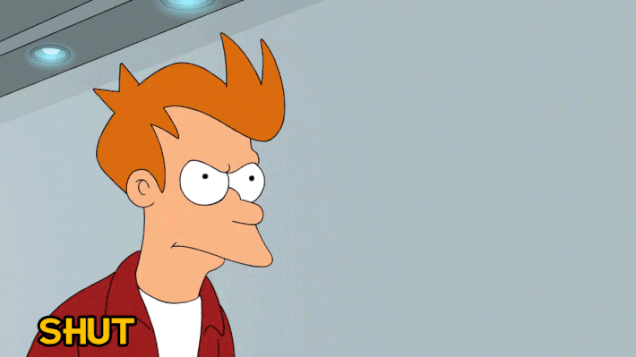
Now, the most important part of any TV show is the logline. It’s a two-sentence (maximum) overview of the show. It should tell you the main conflict, who the characters are, and what the point it. You’ll have a longline for the show itself, and for each of the episodes in the season. The best way to think of this are the descriptions of shows on Netflix or Amazon. They’re a couple sentences that tell you what’s up. Loglines are the exact same thing, if not a bit more polished. It should give whoever is reading the longline all the information they need about the show. Think of it as a hook to get people interested.
Once you’ve got the logline down, the rest of the treatment is a piece of cake. You’ll have a one-paragraph synopsis of the pilot episode, which is self-explanatory.
Next, you’ll breakdown the entire season in a detailed synopsis. I’d keep this down to a page, maximum. While you do need to show everything that happens in the first season, don’t make it too detailed. The best way to think of this is to check out a movie plot on Wikipedia. Iron Man is a fantastic example. Follow that format and you should have a great synopsis.
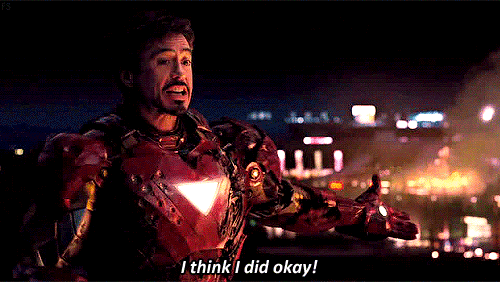
After, you get to my favorite section: character breakdowns. This is where you describe your main cast. A good character description should tell you the essence of a character in three-to-four sentences. What are they struggling with? What’s their character like? Why are they essential to this show? Once you’ve got that, you get to find a well-known actor that best resembles your characters. This is necessary for producers to get an idea of what you see in your head, seeing as you can’t provide in-depth character descriptions in the script itself. This has to be my favorite part. I love going through my favorite TV shows and movies and finding the perfect actor or actress to portray my characters. It’s a lot of fun!
Lastly, you need to include titles and loglines for eight to ten episodes in the season. And you can have fun naming the episodes! Be creative, show them your imagination!
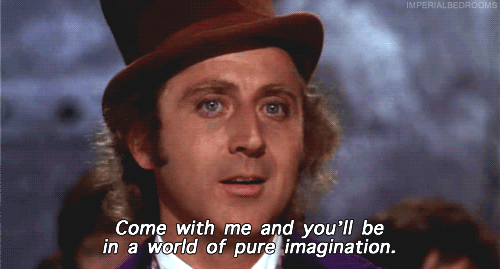
I recommend doing this section after you’ve written the first season, so it’s a little easier to summarize. And it is important to note that you should have a complete season written if you’re looking to pitch it to anyone. Producers like to buy complete projects. It doesn’t even have to be well-written, so long as it’s complete. So, put your fingers to the keys and get it done!
Now, you’ve got a complete treatment! Make sure you have other people read over it. It’s always better to have feedback, and make sure what you’ve put down on paper makes sense outside of your head. Once it’s complete, make sure you register it with the Writer’s Guild of America (WGA). Then, you can share it to your heart’s content, and you don’t have to worry about anyone taking your idea. It’s always better to be safe than sorry.
I actually find the process of writing a treatment to be pretty cathartic. It keeps me organized, and allows me to better understand the story I’m trying to tell.
As far as advice goes, however cliché, all I can say is to enjoy it. This treatment is the entire first season of your TV show in a few sheets of paper. It’s everything your story could be; it’s a culmination of your hard work. So relax and just have a good time.
